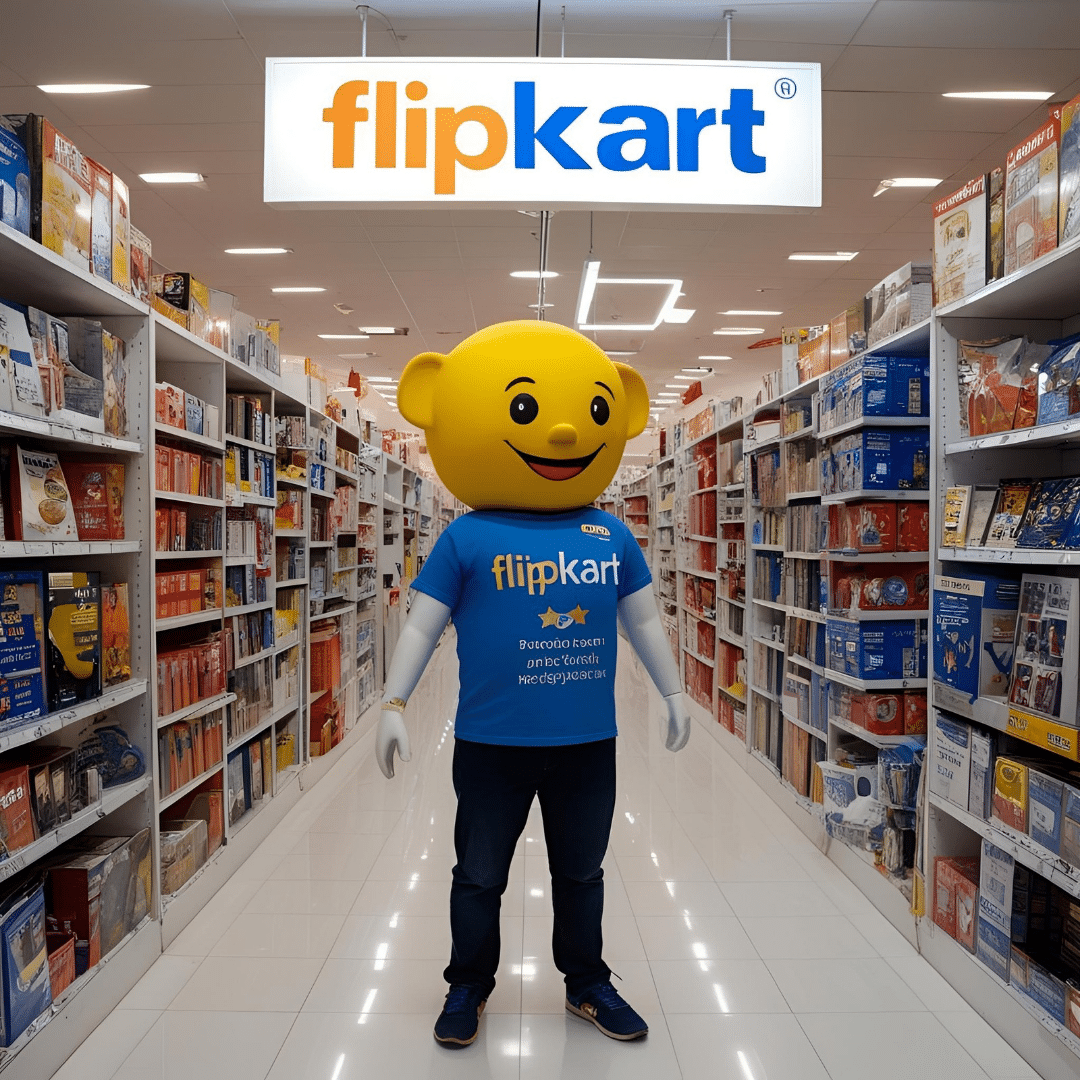Flipkart has emerged as one of India’s most prominent e-commerce companies, fundamentally changing how millions of Indians shop online. Founded in 2007, Flipkart’s journey from a humble online bookstore to a multi-billion-dollar online retail powerhouse is a remarkable tale of innovation, strategic decisions, and relentless focus on customer satisfaction.
Humble Beginnings in a Bangalore Apartment
Flipkart was founded in October 2007 by Sachin Bansal and Binny Bansal, both former Amazon employees and graduates of the Indian Institute of Technology, Delhi (IIT-Delhi). Initially, they launched the platform as an online bookstore from a small apartment in Bangalore. The idea was simple but bold — to offer Indian consumers the convenience of ordering books online with the option of cash on delivery, which was not common at the time.
The company started with a capital of just ₹4 lakh and sold its first book, “Leaving Microsoft to Change the World,” within days of going live. In its first year, Flipkart delivered just a few dozen orders a day. However, what made the company stand out was its obsession with customer service and logistics — both of which were virtually nonexistent in India’s online retail space at that time.
Scaling Operations and Expanding Categories
By 2009, Flipkart had started gaining traction and began to expand into other product categories beyond books. The website added electronics, mobile phones, fashion, and home appliances, transforming itself into a full-fledged online marketplace. This was the era when Flipkart also introduced its own logistics arm, Ekart, to overcome the limitations of third-party delivery services.
The launch of new categories meant more sellers, and this led to the development of the Flipkart seller account system. This platform enabled thousands of small and medium businesses across India to sell their products online. It democratized e-commerce and helped Flipkart scale inventory and reach faster than ever.
Strategic Acquisitions and Technology Investments
To stay ahead of the curve, Flipkart made several strategic acquisitions in the early 2010s. It acquired Letsbuy.com in 2012 to strengthen its electronics vertical and Myntra in 2014 to capture the growing fashion segment. Flipkart’s willingness to invest in technology and innovation also became a core part of its growth strategy.
The company revamped its mobile app, introduced features like image search, and adopted artificial intelligence to enhance customer experience. These innovations made Flipkart a strong competitor not only against local e-commerce startups but also against global giants like Amazon.
The Rise of the Flipkart Big Billion Sale
In 2014, Flipkart introduced what would become one of India’s most talked-about online shopping events — the Flipkart Big Billion Sale. Modeled after Amazon’s Prime Day and Alibaba’s Singles’ Day, the Big Billion Sale promised massive discounts across categories for a limited time. Although the first edition faced criticism for website crashes and product shortages, Flipkart quickly improved the infrastructure in subsequent years.
The Flipkart Big Billion Sale has since become an annual shopping extravaganza that sees millions of shoppers flocking to the platform. It has significantly boosted the company’s brand value and revenue, setting new records with each edition. For sellers, it represents a golden opportunity to showcase their products to a nationwide audience, often generating month’s worth of revenue in just a few days.
Walmart Acquisition and Global Recognition
In 2018, Flipkart achieved a milestone that made global headlines — Walmart Inc. acquired a 77% stake in Flipkart for $16 billion. This was one of the largest e-commerce deals in the world at the time and underscored the value and potential of the Indian online retail market.
The acquisition brought not only capital but also global retail expertise, which helped Flipkart strengthen its supply chain, customer service, and backend operations. Despite the acquisition, Flipkart retained its Indian identity and leadership, allowing it to stay agile and attuned to local market needs.
Continued Innovation and Competition
Since the Walmart acquisition, Flipkart has continued to innovate. The company has expanded into grocery delivery through Flipkart Supermart, introduced a video streaming service, and heavily invested in Artificial Intelligence and Machine Learning to enhance personalization.
The battle for dominance in Indian e-commerce remains fierce, with Amazon, Reliance JioMart, and Meesho posing tough competition. However, Flipkart continues to lead in several verticals and retains a massive user base across Tier 2 and Tier 3 cities in India.
Flipkart Seller Account: Empowering Indian Businesses
One of Flipkart’s most impactful contributions to the Indian economy is the Flipkart seller account ecosystem. With over 400,000 registered sellers, Flipkart has enabled entrepreneurs, manufacturers, and SMEs to go digital and reach customers nationwide. The platform offers tools for cataloging, advertising, logistics, and data analytics, making it easier for sellers to succeed in a competitive market.
Flipkart frequently conducts training programs, webinars, and workshops to help sellers improve their product visibility and conversion rates. This seller-first approach has helped create a robust and diversified marketplace.
Looking Ahead
As of 2025, Flipkart continues to evolve in response to consumer demands and technological advancements. With increasing emphasis on sustainability, quick commerce, and digital payments, the company is aligning itself with future trends while staying true to its core values of customer satisfaction and accessibility.
Flipkart’s journey from a modest startup to a billion-dollar enterprise is not just a business success story — it’s a reflection of India’s growing digital economy. As more consumers and sellers join the e-commerce revolution, Flipkart is poised to play an even bigger role in shaping how India shops and sells online.



